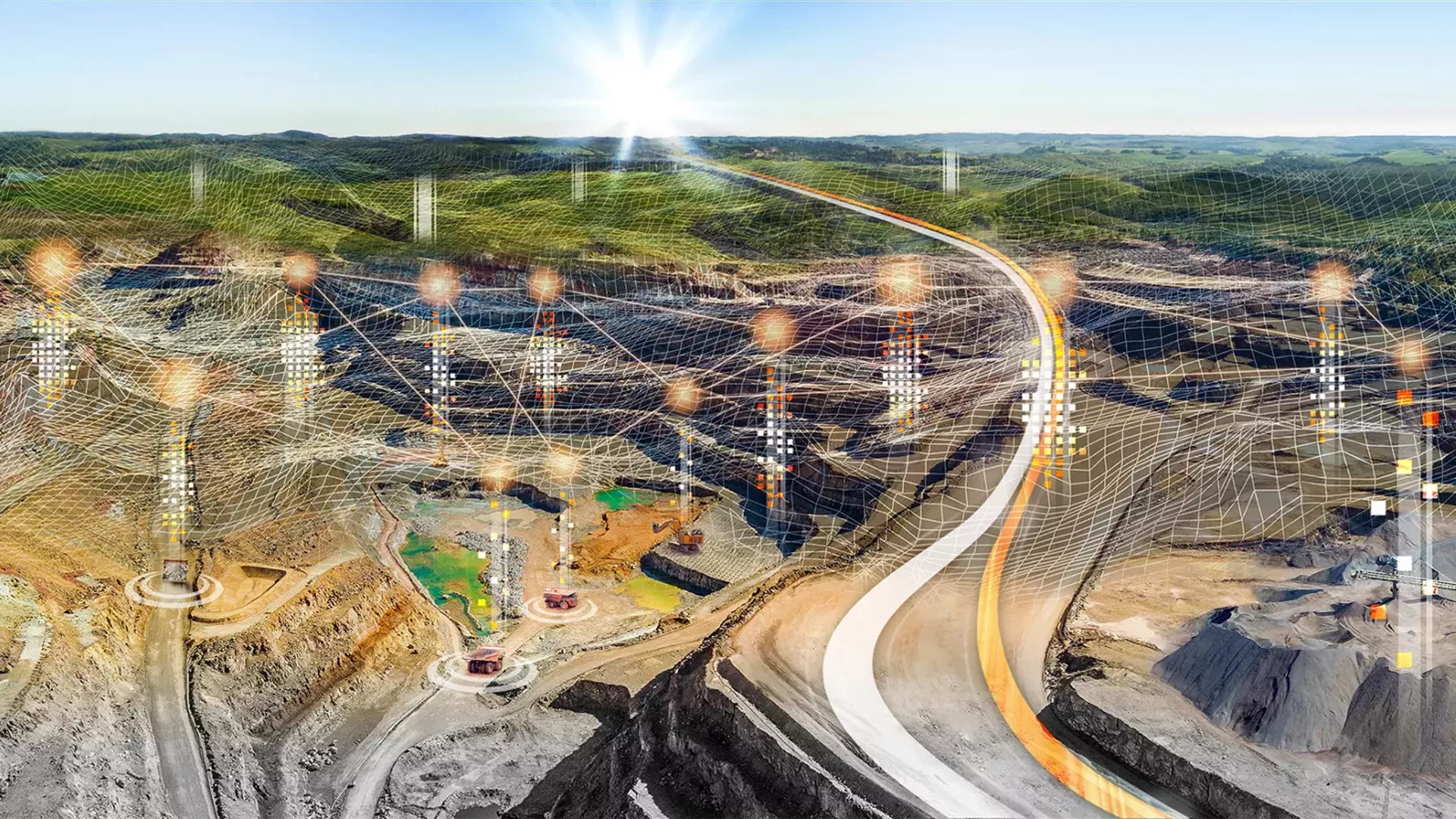Cement Production And Emission Control In A Growing World
Urban centers like Cairo, Chongqing, Delhi, and Kinshasa are witnessing population surges, leading to soaring demand for housing, workplaces, industries, and infrastructure. Meanwhile, in the United States, the Biden Administration’s infrastructure-driven policies are propelling the world’s largest economy forward. These developments have escalated the global need for steel, cement, and other raw materials essential for […] The post Cement Production And Emission Control In A Growing World appeared first on World Construction Today.
Urban centers like Cairo, Chongqing, Delhi, and Kinshasa are witnessing population surges, leading to soaring demand for housing, workplaces, industries, and infrastructure. Meanwhile, in the United States, the Biden Administration’s infrastructure-driven policies are propelling the world’s largest economy forward.
These developments have escalated the global need for steel, cement, and other raw materials essential for construction. This surge coincides with increasing pressure on companies to cut their greenhouse gas emissions in alignment with the Paris Agreement’s climate goals.
Gunther Glenk mentioned that the challenge lies in the fact that a significant portion of emissions is typically embedded in the production process, especially in the cement industry. Heavy industries contribute notably to global emissions, with the cement sector alone responsible for about 8 percent of annual global carbon dioxide emissions. Cement production has already doubled in the first two decades of this century.
Tackling these emissions is a complex task.
Gunther Glenk, a climate fellow at Harvard Business School’s Institute for Business in Global Society (BiGS), highlighted that the challenge lies in the fact that a significant portion of emissions is typically embedded in the production process, especially in the cement industry. Glenk, who co-authored a recent paper proposing a novel model for corporate abatement decisions, emphasizes this difficulty.
While many companies can pivot from fossil fuels to cleaner energy, industrial manufacturers must consider more fundamental changes to production processes and carbon capture to reduce emissions.
For instance, Portland cement, the most widely used type globally, is made by first crushing quarried limestone and mixing it with sand and water. This mixture is then heated to 1,400 degrees Celsius (over 2,500 degrees Fahrenheit), causing a chemical reaction that releases carbon dioxide. The resulting calcium oxide, known as clinker, is then finely ground and mixed with other materials to create cement.
A new tool for abatement costs
The working paper, co-authored by Glenk; Anton Kelnhofer, a consultant formerly with the Technical University of Munich; Rebecca Meier, who earned her doctorate at the University of Mannheim; and Stefan Reichelstein, an accounting professor at Stanford University, was published in August.
The study provides an economic framework to identify cost-effective combinations of abatement measures necessary for companies to substantially reduce emissions. The authors implemented this framework in a software optimization tool, calibrating it for European cement plants required to obtain emission permits under the European Emissions Trading System.
For Portland cement production, primary abatement options include substituting clinker with supplementary cementitious materials, using biomass instead of fossil fuels for kiln heating, and replacing limestone with recycled concrete. Emissions that can’t be eliminated during production can be captured and stored.
A complicating factor is the interaction effects of abatement measures when implemented together. For instance, the effectiveness of supplementary cementitious materials can vary when combined with carbon capture equipment. Due to such interaction effects, companies cannot merely compare individual abatement costs but need an optimization algorithm to select the most cost-effective combination of measures.
Using new industry data, the researchers examined the incentives for European cement producers to reduce emissions under various market prices for emission allowances in the European Emissions Trading System. They discovered that current market prices of around 85 euros per ton of carbon dioxide incentivize firms to reduce their annual direct emissions by about one-third compared to the current levels. If these prices reached 125 euros per ton, cement producers would have incentives to cut emissions by nearly 80 percent.
Challenging goals
Research on decarbonizing cement is exceptionally timely. Numerous industry leaders have set targets in line with the Paris Agreement on climate change.
Forty of the world’s leading cement manufacturers, responsible for 80 percent of global cement production outside China, have committed to achieving net-zero concrete production by 2050. These happen to include global giants which happen to be dominating the US market: Ireland’s CRH, Mexico’s Cemex, France’s Holcim, and Germany’s Heidelberg Materials. They are also collaborating with the China Cement Association, representing over half of global cement production, to reduce industry-wide emissions.
Decarbonization is central to corporate strategies for cement producers with net-zero goals. For example, when Miljan Gutovic was announced as the incoming CEO of Holcim in January, the press release emphasized decarbonization and advanced technologies transforming how we build.
Teresa Landaverde Lorenzo, senior carbon manager at Heidelberg Materials, said the company is strategically focusing resources to achieve a net-zero target by 2050. By 2023, Heidelberg had already reduced emissions by more than a quarter relative to 1990 levels. However, she acknowledges that the next steps will be more challenging. For instance, carbon capture requires long lead times for retrofitting existing facilities.
Achieving industry-wide net zero is even more daunting. Cement demand is expected to continue growing at a double-digit pace for decades. In recent years, China alone has consumed nearly as much concrete every two years as the United States did throughout the entire 20th century, according to the US Geological Survey.
Market incentives at play
Landaverde Lorenzo of Heidelberg Materials noted that collaboration with academic researchers enables Heidelberg to consider more and potentially better options on the road to net zero by 2050. The new model provided by Glenk and his co-authors allows Heidelberg to strategize more effectively and competitively for interim targets, she said.
She emphasized that they always aim for the best possible outcome and praised the new model for aiding in meeting urgent needs. She mentioned that in cases where a specific reduction is required, the model is a helpful tool.
The post Cement Production And Emission Control In A Growing World appeared first on World Construction Today.

 machineryasia
machineryasia 







